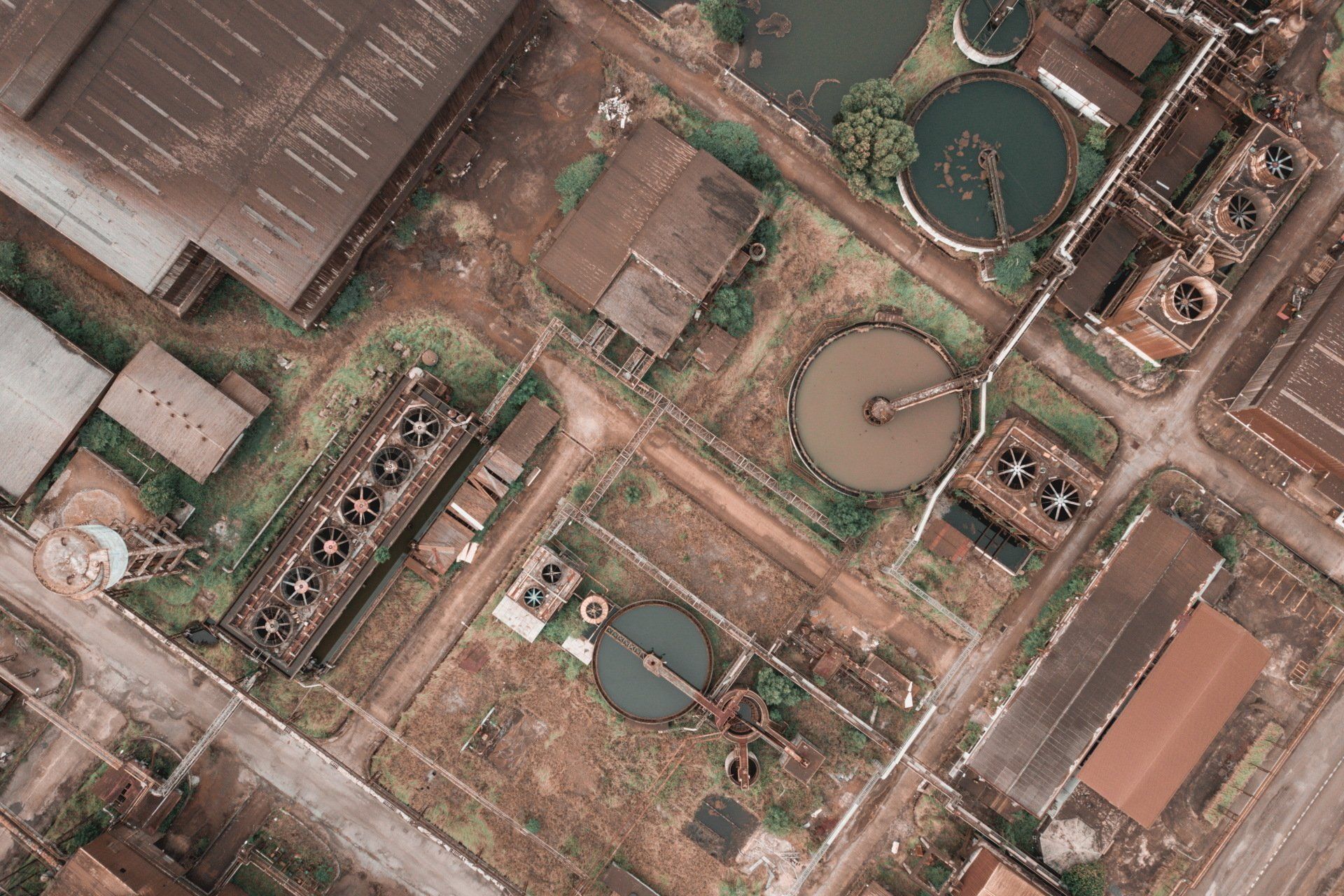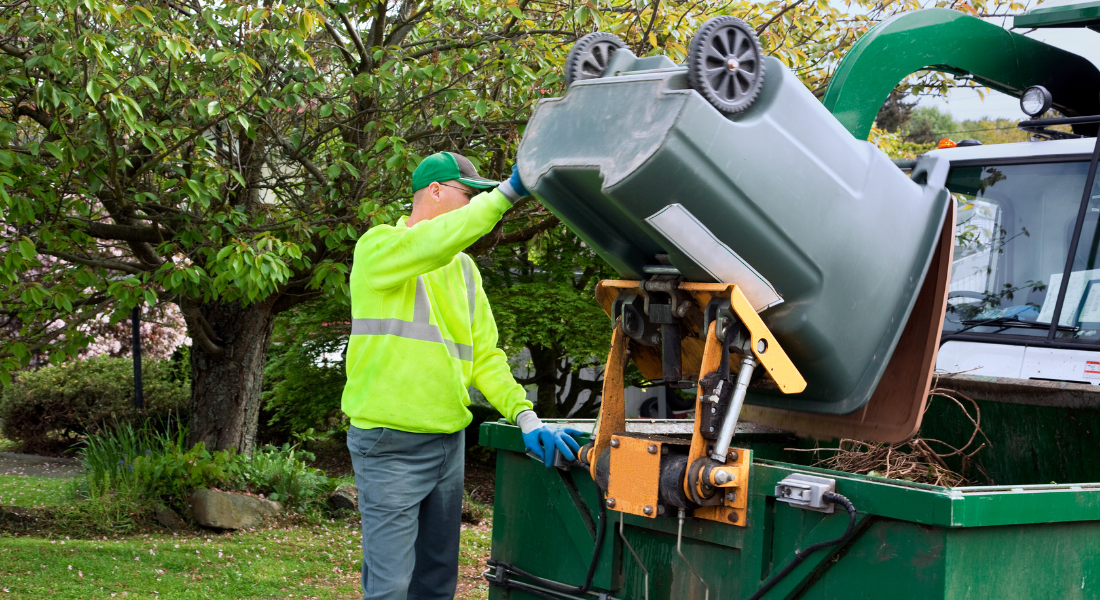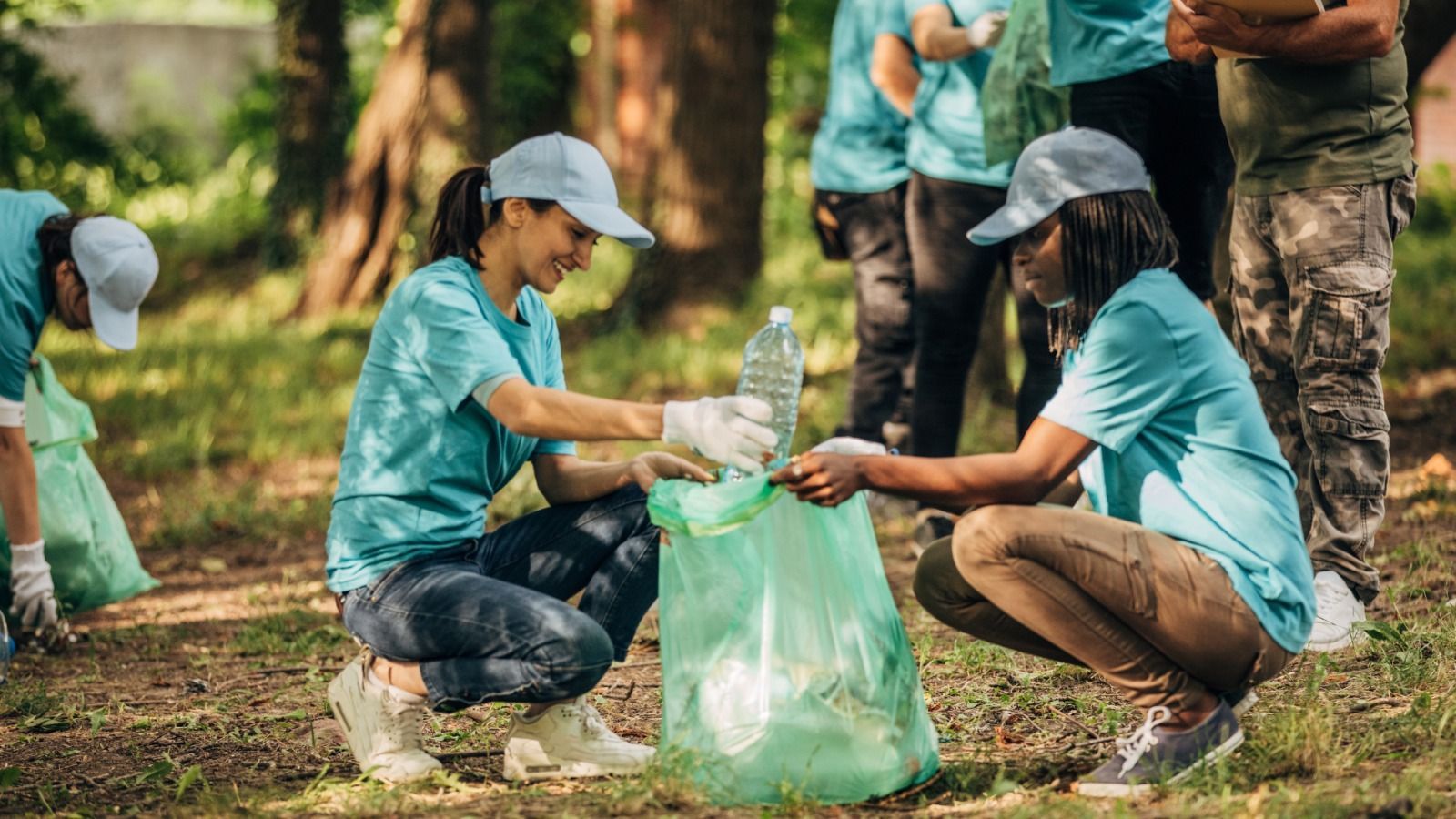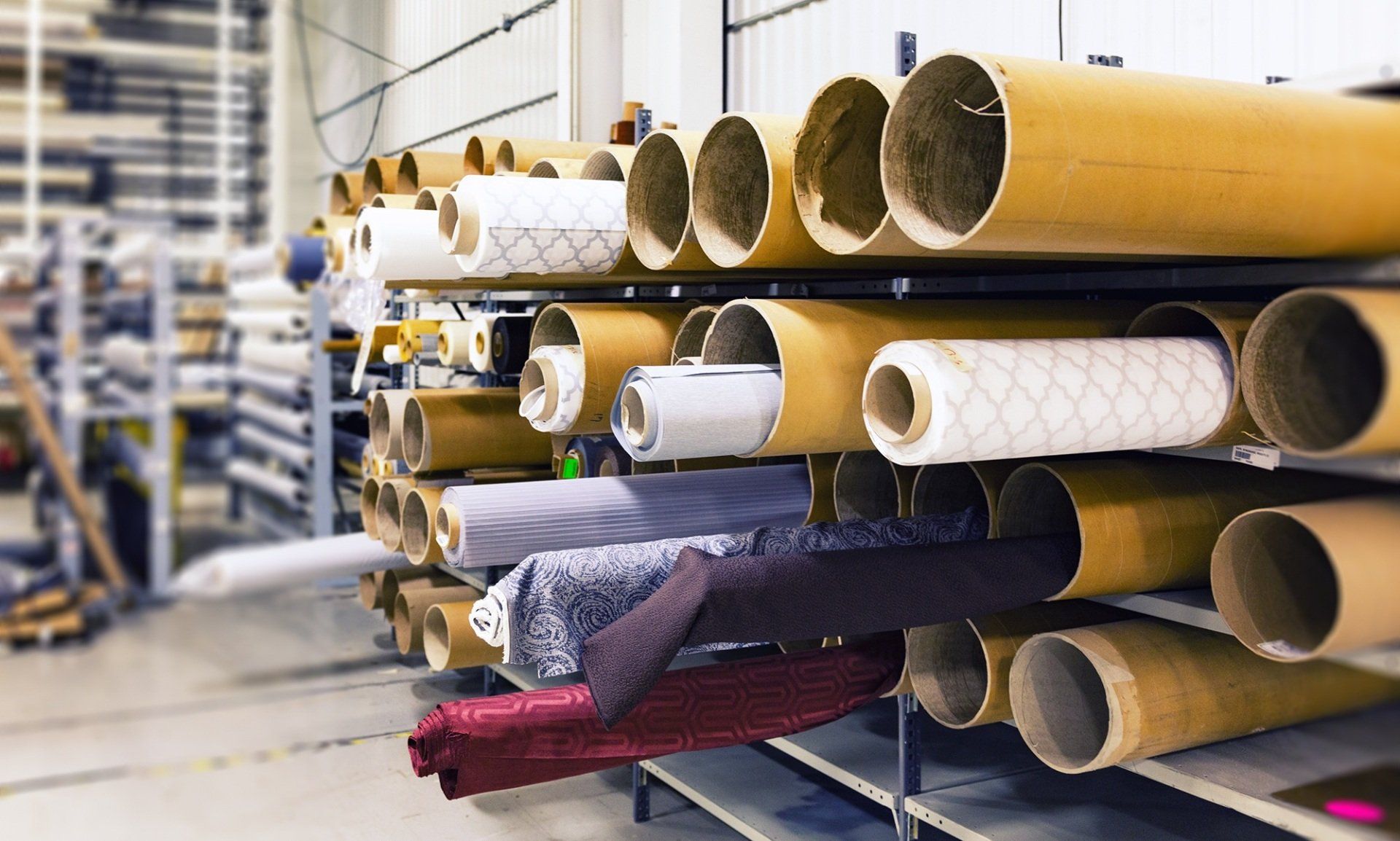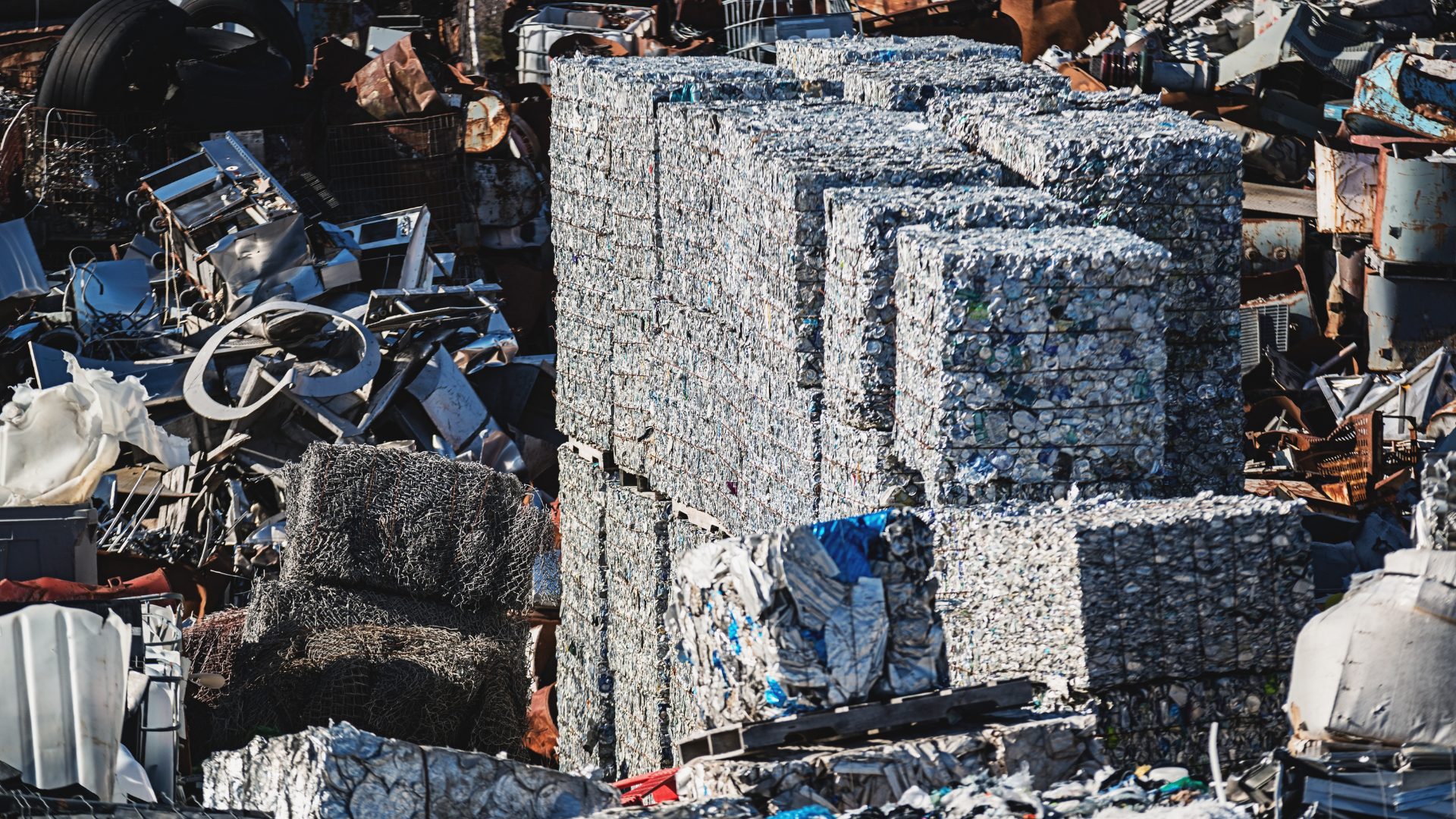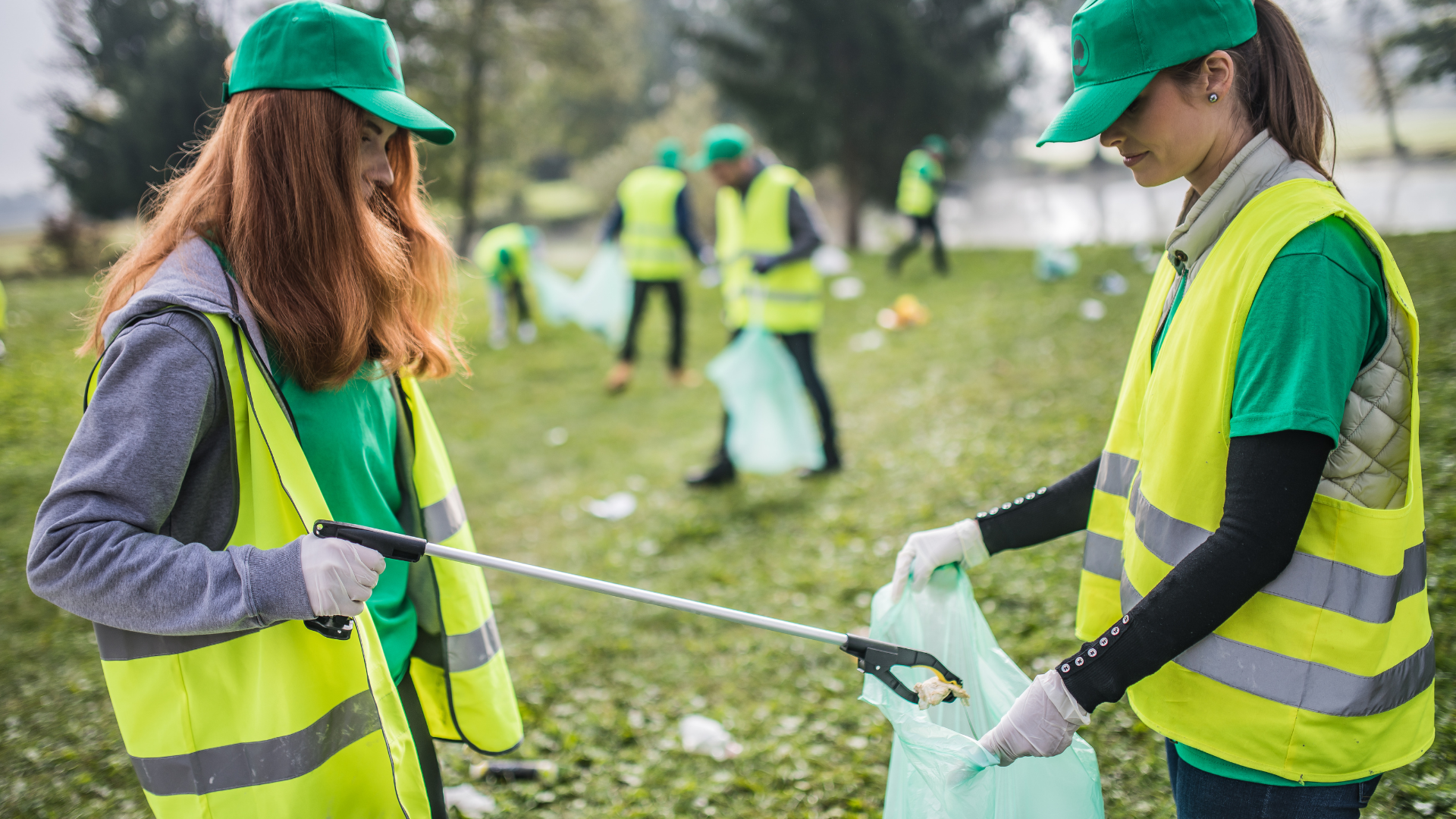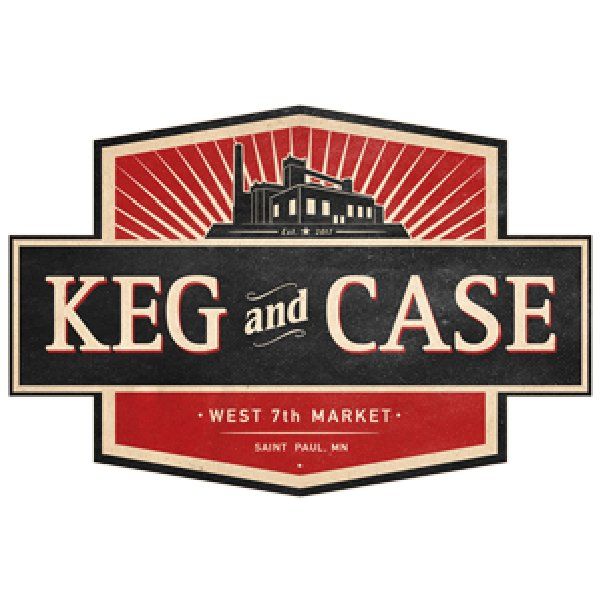10 rules for reducing your landfill contribution
FIND OUT HOW YOU CAN SAVE OVER 30% ON YOUR WASTE COST
WHILE IMPROVING THE SERVICE LEVEL
We Will Provide A Free Waste Savings Audit.
If you’ve ever looked around your home and wondered what to do with all the waste you create, this article will provide some answers. The average person in the US produces 4.4 pounds of trash every day, which adds up to 1.5 million tons per year! However, it is possible for each one of us to reduce our landfill contribution by following these 10 rules:
1. Reduce and reuse:
The most obvious and easiest way to reduce your landfill contribution is by reducing and reusing as much as possible. Here are some easy ways to do that:
- Buy in bulk whenever you can, since smaller packaging means less waste;
- Avoid individually packaged items like chips or candy, which produce excess waste;
- Skip bottled water if you have access to a filter for your tap;
- Don’t use plastic bags at the grocery store – bring a reusable bag or box that can be taken with you.
2. Recycle:
Recycling is an excellent way to reduce landfill contribution, as long as it is properly managed. All cities and states should offer recycling at no cost, but sometimes it’s handled by the waste management company. Make sure your county or city recycles paper, plastic, aluminum cans, and glass – if they don’t you need to demand that they start.
3. Compost:
Food scraps are one of the most difficult items to manage in landfills. When they decompose, food scraps produce methane, which is a greenhouse gas thought to be 25 times more potent than carbon dioxide. To reduce your landfill contribution, you should compost your vegetable and fruit scraps. You can do this yourself or have it done for you by existing recycling companies that offer curbside collection of compostable material.
4. Electric or gas dryer:
Using a clothesline instead of an electric or gas dryer saves approximately 25 pounds of carbon dioxide emissions per month. If you live in an apartment, keep your eye out for local laundry swap gatherings where you can trade off with other tenants to reduce waste.
5. Drive less:
If you need to drive somewhere, try walking or bicycling instead if that would be possible for you. You can also carpool with coworkers and cut back on your mileage by consolidating trips. Switching from a single occupancy vehicle to a van, pickup truck or SUV will help you reduce air pollution – but make sure you buy the cleanest burning vehicle available in order to minimize your landfill contribution.
6. Reusable water bottle:
Bottled water isn’t a sustainable waste solution for many reasons, including the fact that it uses up valuable oil and is frequently transported long distances from where it is produced to where it will be consumed by people who may or may not need it. Instead of drinking tap water in disposable plastic bottles, buy a reusable water bottle and fill it at home or whenever you’re out.
7. Plant a tree:
Every year in the US, about 13 million acres of forest are lost to urbanization and sprawl – this is almost equal to the entire state of West Virginia! In order to offset this loss, plant two trees for every one that’s cut down. You can plant them yourself or donate to your favorite environmental non-profit so they can plant them in your stead.
8. Recycle electronics:
Many recycling companies offer recycling for electronic devices now, which is much better than just throwing it away because of the hazardous materials inside.
9. Replace old appliances:
Replacing older appliances with energy-efficient ones is one of the easiest ways to reduce landfill contribution, but you should only purchase them if they are up to code and quality standard – otherwise, they could decrease your home’s value.
10. Reduce consumption:
The best way to reduce your landfill contribution is not buying items in the first place, so reduce consumption by reusing or repairing things when you can instead of purchasing new ones.
Our Recent Articles
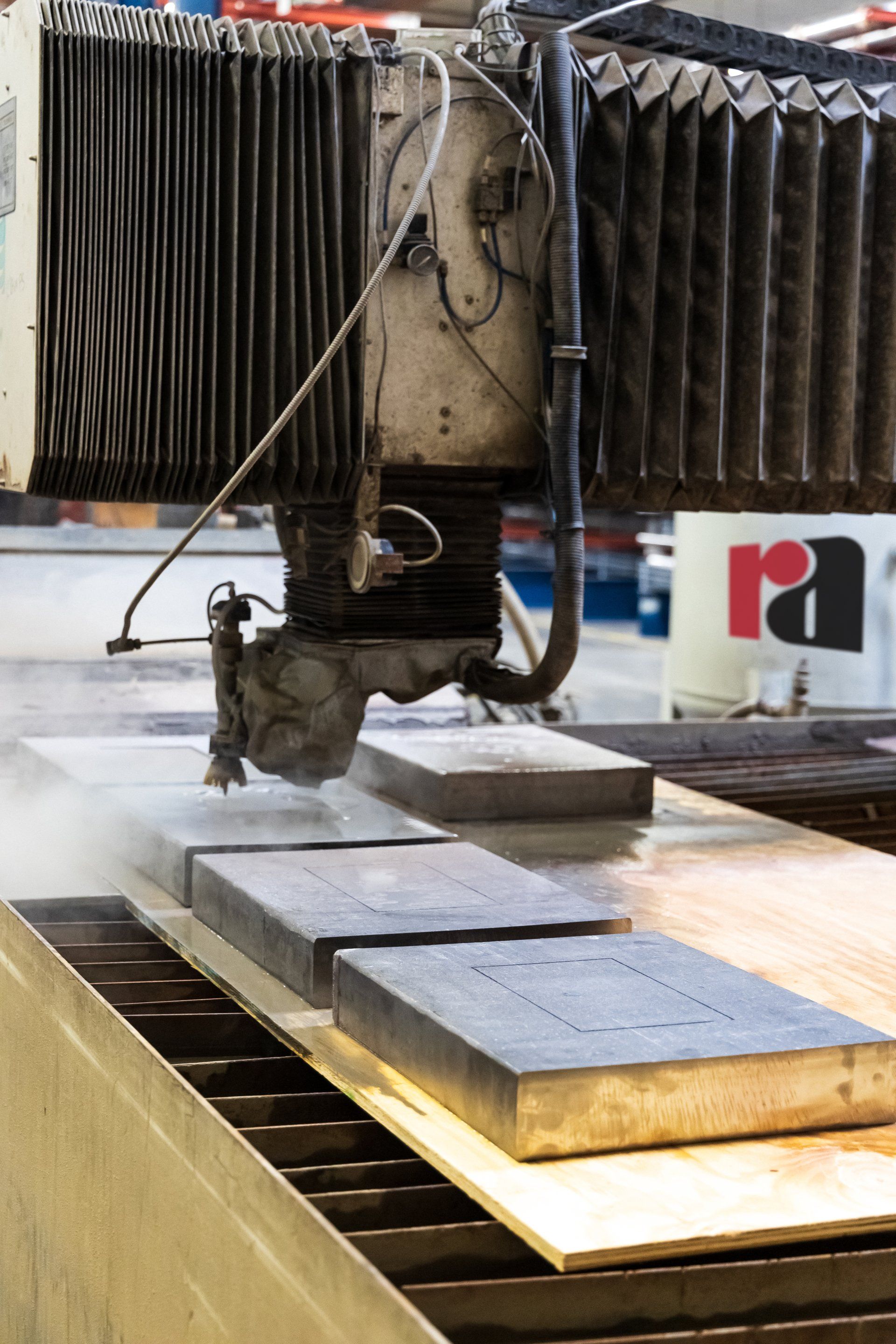
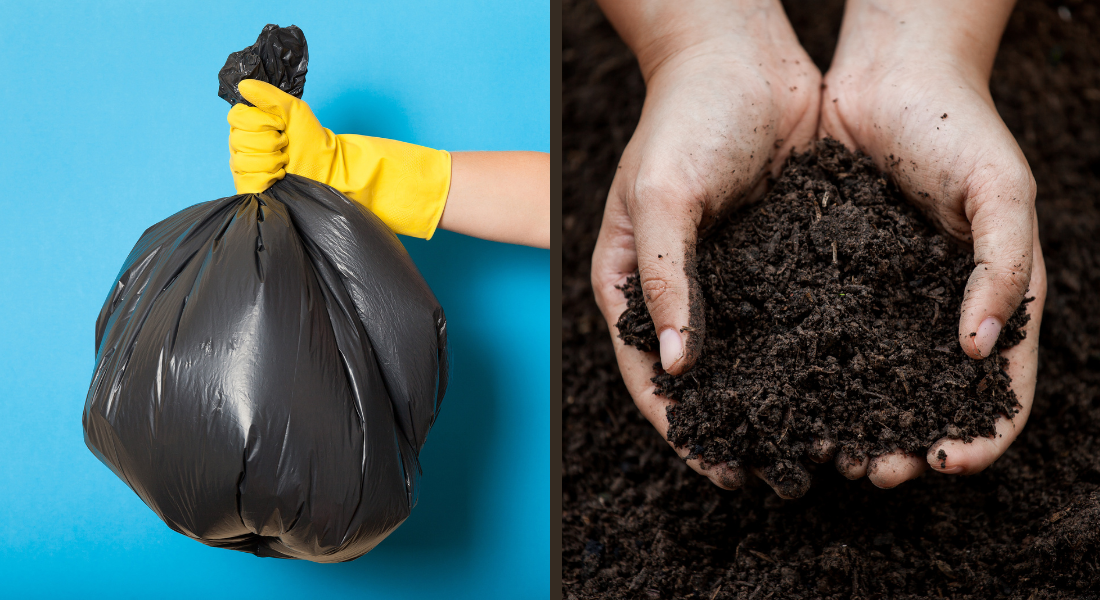
FIND OUT HOW YOU CAN SAVE OVER 30% ON YOUR WASTE COST
WHILE IMPROVING THE SERVICE LEVEL
We Will Provide A Free Waste Savings Audit.


